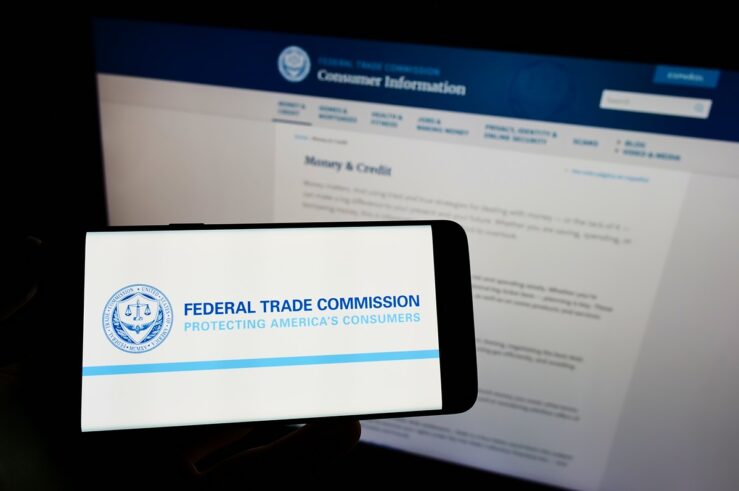As I noted last week I participated with several corporate law luminaries in a conference at Western New England College in Springfield, Massachusetts on the famous case of Wilkes v. Springside Nursing Home, 370 Mass. 842, 353 N.E.2d 657 (1976). Springfield is near Pittsfield, where Springside was located and this case originated.
As most law students and corporate scholars know, Wilkes importantly qualified the same court’s case of the year before, Donahue v. Rodd Electrotype Co. of New England, Inc., 328 N.E.2d 505 (1975). Donahue held that “stockholders in the close corporation owe one another substantially the same fiduciary duty in the operation of the enterprise that partners owe to one another.”
The Wilkes court was
concerned that untempered application of the strict good faith standard enunciated in Donahue to cases such as the one before us will result in the imposition of limitations on legitimate action by the controlling group in a close corporation which will unduly hamper its effectiveness in managing the corporation in the best interests of all concerned. The majority, concededly, have certain rights to what has been termed ‘selfish ownership’ in the corporation which should be balanced against the concept of their fiduciary obligation to the minority. * * *
Therefore, when minority stockholders in a close corporation bring suit against the majority alleging a breach of the strict good faith duty owed to them by the majority, we must carefully analyze the action taken by the controlling stockholders in the individual case. It must be asked whether the controlling group can demonstrate a legitimate business purpose for its action. * * * In asking this question, we acknowedge the fact that the controlling group in a close corporation must have some room to maneuver in establishing the business policy of the corporation. It must have a large measure of discretion, for example, in declaring or withholding dividends, deciding whether to merge or consolidate, establishing the salaries of corporate officers, dismissing directors with or without cause, and hiring and firing corporate employees.
When an asserted business purpose for their action is advanced by the majority, however, we think it is open to minority stockholders to demonstrate that the same legitimate objective could have been achieved through an alternativecourse of action less harmful to the minority’s interest. * * *
The court held that the defendants had not shown a legitimate business purpose for firing plaintiff and minority shareholder Wilkes, and therefore that the action was an illegitimate freeze-out, entitling Wilkes to a remedy.
The conference featured an interesting discussion between the lawyers who represented Wilkes and Springside. We learned from Wilkes’s lawyer (and nephew) David Martel how his senior lawyer on the case, James Egan, fashioned a case for breach of a partnership agreement despite the fact that the parties had incorporated because Egan knew about case law where shareholders were treated as partners.
The master and probate court rejected the partnership theory below because the parties had incorporated. The highest court took the case on direct appeal. That court had just decided Donahue and evidently was looking for an opportunity to refine the rule in Donahue. (Yet based on my inquiries at the conference, it’s not clear Mr. Egan even knew about Donahue when he fashioned his partnership argument.)
Retired Judge William Simons, Springside’s lawyer, described the parties deal as one to buy and sell property. Simons says the facts didn’t support the theory that the parties were “truly a partnership” and thought the Supreme Judicial Court should have ordered another hearing rather than taking this as an established fact.
I find the following quotes from the Wilkes opinion particularly significant:
Wilkes consulted his attorney, who advised him that if the four men were to operate the contemplated nursing home as planned, they would be partners and would be liable for any debts incurred by the partnership and by each other. On the attorney’s suggestion, and after consultation among themselves, ownership of the property was vested in Springside, a corporation organized under Massachusetts law. * * *
In light of the theory underlying this claim, we do not consider it vital to our approach to this case whether the claim is governed by partnership law or the law applicable to business corporations. This is so because, as all the parties agree, Springside was at all times relevant to this action, a close corporation as we have recently defined such an entity in Donahue v. Rodd Electrotype Co. of New England, Inc. * * *
This quote encapsulates the problem in the case: At the time of Wilkes, the parties had to force what was essentially a partnership into corporate form in order to get the limited liability that would be essential for a venture like a nursing home. There was no way in 1976 for the parties to have a true partnership with limited liability. If it had been a partnership, Wilkes could have gotten the firm dissolved for having been denied the participation in governance he was entitled to under partnership law (see Bromberg & Ribstein on Partnership, §7.06(c)). Without an applicable standard form, and given the costs and difficulties of small firms contracting over exit, the court had to essentially make up a deal for the party ex post.
My paper for the conference describes how the modern contracting technology enabled by the advent of the LLC (see also The Rise of the Uncorporation) enables a solution of this problem, and therefore assists entrepreneurs like the men involved in Springside Nursing.
Wilkes and the interesting background we learned in Springfield, Massachusetts provided a glimpse into the past and insight into the future of business associations.
My paper will appear shortly on SSRN and then in the conference issue of the Western New England Law Review. I highly recommend the other papers in the conference, which presented other perspectives on the case. I may write about some of those papers when they go public.




